As the vibrant hues of summer give way to the golden tones of autumn, the landscapes of New Hampshire undergo a stunning transformation. Fall is a crucial time for our feathered friends as they prepare for the upcoming winter. Providing a helping hand through thoughtful bird feeding can make a significant difference in their survival and migration preparations. Here are some fall bird feeding tips and insights into bird habits during this season in New Hampshire.
Understanding Bird Migration in Fall
Migration is a remarkable phenomenon that characterizes fall for many bird species. Birds in New Hampshire, such as warblers, sparrows, and waterfowl, embark on long journeys to warmer climates for the winter. Providing nourishment along their route ensures they have the energy needed for their travels.
Selecting the Right Birdseed
Different bird species have varied dietary needs. During the fall, birds require a diet rich in carbohydrates and fats to fuel their migration and prepare for the colder months. Opt for seed mixes that include sunflower seeds, millet, cracked corn, and nuts. These seeds are high in energy and highly favored by a wide range of bird species.
Placing Feeders Strategically
Strategically placing bird feeders in your yard is key to attracting a diverse array of birds. Position feeders near natural cover such as trees or shrubs to provide birds with a sense of safety while feeding. Ensure the feeders are easily accessible and visible to the birds, but away from potential predators.
Offering Fresh Water
In addition to food, birds need a reliable source of fresh water for drinking and bathing. Consider placing birdbaths or shallow containers of water in your yard. Make sure to keep the water clean and unfrozen as the temperatures drop.
Supplement with Suet
Suet is an excellent source of fat for birds during fall and winter. It's especially beneficial for insect-eating birds like woodpeckers, nuthatches, and chickadees. Hang suet feeders in your yard to provide these birds with essential energy and nutrients.
Cleaning and Maintaining Feeders
Regularly clean your bird feeders to prevent the spread of diseases among the bird population. It is best to use a mixture 4 parts hot water to 1 part vinegar. Empty and scrub feeders, birdbaths, and surrounding areas to maintain a healthy feeding environment.
Conclusion
Fall is a critical time for birds, and your bird feeding efforts can have a positive impact on their survival and well-being. By understanding their migration patterns and dietary needs, selecting appropriate birdseed, strategically placing feeders, and maintaining a clean feeding area, you create a welcoming environment for our feathered friends. Enjoy the beauty and diversity of birds in New Hampshire during this breathtaking season!





